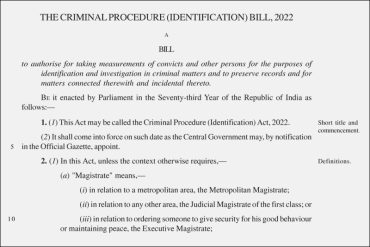How and why has Sri Lanka fallen from the status of ‘middle-income country,’ as classified by the World Bank in 2018? The fall occurred in the space of three years, within less than two years of Gotabaya Rajapaksa’s taking over the presidency with its vast, practically absolute, executive powers.
The Origins of the Crisis
To my mind, the media and the pundits, by and large, with a few honourable exceptions, have failed to diagnose the island nation’s disease correctly. The media, in general, have repeated ad nauseum that Sri Lanka has been facing the “worst economic crisis since independence in 1948.” But they seldom raised the question: What exactly caused the crisis? Accounting for the crisis, they said the situation was in the making for decades as Sri Lanka has been living beyond its means.
That argument does not add up to a full explanation of the genesis of the crisis.
Let us look at a World Bank graph:

The World Bank assessment published in July 2019 expressed reasonable optimism about Sri Lanka’s further progress. In 1997, in World Bank’s reckoning, Sri Lanka moved up from ‘low income’ to ‘lower middle income,’ and in 2018, it moved higher to ‘upper income.’ However, in July 2021, the World Bank downgraded Sri Lanka to ‘lower middle income.’
-30-
Copyright©Madras Courier, All Rights Reserved. You may share using our article tools. Please don't cut articles from madrascourier.com and redistribute by email, post to the web, mobile phone or social media.Please send in your feed back and comments to [email protected]











